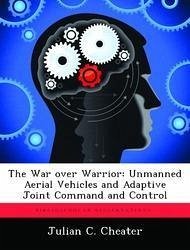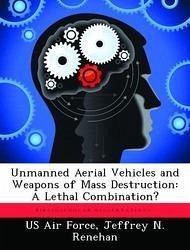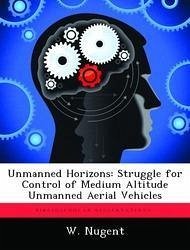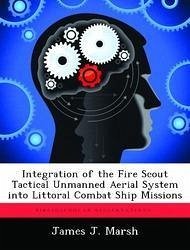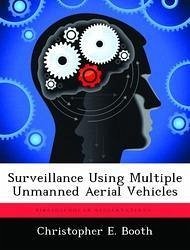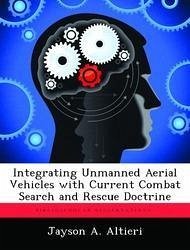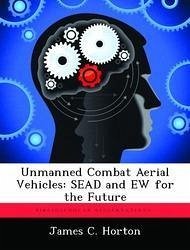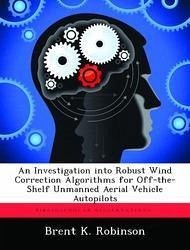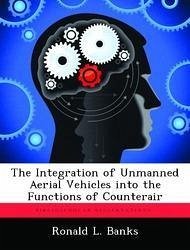
The Integration of Unmanned Aerial Vehicles into the Functions of Counterair
Versandkostenfrei!
Versandfertig in über 4 Wochen
52,99 €
inkl. MwSt.

PAYBACK Punkte
26 °P sammeln!
With the recent draw down of the US military after the end of the Cold War, the US Department of Defense (DoD) is placing considerable emphasis on employing a lighter, leaner, and more lethal military force to accomplish the strategic objectives mandated by political leadership. As a force enabler for military forces, Unmanned Aerial Vehicles (UAVs) recently demonstrated their potential during NATO military operations in Kosovo. Their activities weren't limited to merely gathering enemy intelligence. As a result of advancements in UAVs capabilities, UAVs expanded their operations by directly a...
With the recent draw down of the US military after the end of the Cold War, the US Department of Defense (DoD) is placing considerable emphasis on employing a lighter, leaner, and more lethal military force to accomplish the strategic objectives mandated by political leadership. As a force enabler for military forces, Unmanned Aerial Vehicles (UAVs) recently demonstrated their potential during NATO military operations in Kosovo. Their activities weren't limited to merely gathering enemy intelligence. As a result of advancements in UAVs capabilities, UAVs expanded their operations by directly assisting in combat missions. The resulting logical question that evolved out of the Kosovo operations is, can UAVs be more actively integrated into other military functions to enhance mission accomplishment? More specifically, can UAVs be incorporated into the function of gaining and maintaining control of the air for US forces? To completely answer this question, this research paper will first analyze the current background of UAVs as seen in recent military operations. Secondly, the function of counter air will be examined to identify the deficiencies US forces have in obtaining control of the air. Third, the present and future capabilities that UAVs can bring to the fight will be identified. Fourth, a detailed examination of which UAVs payloads can be incorporated into the function of counterair will be accomplished. Fifth, this paper will show that UAVs can be effectively integrated to enhance US military weapons systems accomplishment of the function of counterair. Finally, this author will briefly discuss one possible plan to integrate UAVs in the function of counterair to overcome the noted deficiencies.



